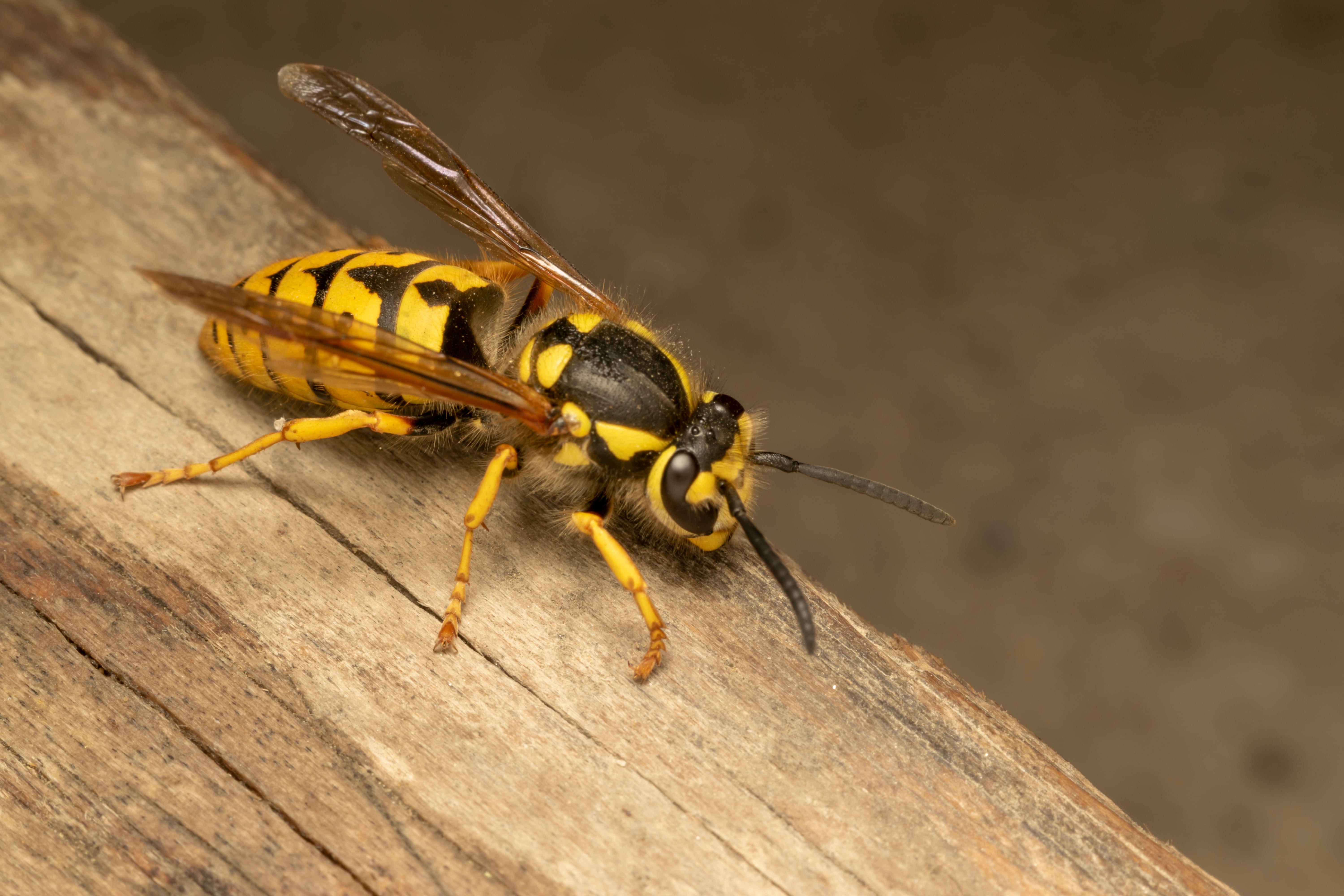
Understanding the Habits of Yellow Jackets and How to Deter Them
March 7, 2024 4:55 pm Leave your thoughtsYellow jackets are a common nuisance in many parts of the United States, including Anchorage, Alaska. These aggressive insects can pose a threat to humans and pets, especially when their nests are disturbed. Understanding the habits of yellow jackets and how to deter them is essential for maintaining a peaceful living environment. In this blog post, we will explore the behavior of yellow jackets, the signs of a yellow jacket nest, and effective methods for deterring these pests.
Yellow Jacket Habits
Yellow jackets are a type of wasp that belongs to the Vespidae family. They are social insects that live in colonies with a queen, workers, and drones. The queen is responsible for producing eggs, while the workers gather food and care for the offspring. Yellow jackets are opportunistic feeders attracted to sweet foods, proteins, and sugary drinks. They can become aggressive when their nests are disturbed, and their stings can be painful and potentially dangerous, especially for those who are allergic to insect venom.
Signs of a Yellow Jacket Nest
One of the most common signs of a yellow jacket nest is seeing the insects flying in and out of a specific area, such as a hole in the ground, a wall void, or a tree cavity. Yellow jackets prefer to build their nests in protected locations, such as underground burrows or inside buildings. The nests are typically made of paper-like material that the yellow jackets create by chewing on wood fibers and mixing them with saliva.
Another sign of a yellow jacket nest is finding a mass of insects swarming in a specific area. This could indicate that the yellow jackets are defending their nest and should be avoided. It is essential to note that yellow jackets can sting multiple times, unlike honey bees, which can only sting once before dying.
Deterrent Methods
There are several effective methods for deterring yellow jackets and preventing them from building nests on your property:
Remove Food Sources: Yellow jackets are attracted to sugary foods, proteins, and other sources of nourishment. Keep outdoor garbage cans tightly sealed and clean up spills promptly. Avoid leaving sweet drinks or food uncovered when eating outdoors, as this can attract yellow jackets.
Seal Entry Points: Inspect your home for any gaps or openings that yellow jackets could use to enter. Seal cracks in walls, windows, doors, and foundations to prevent yellow jackets from gaining access to your living space.
Trim Vegetation: Keep shrubs, trees, and bushes trimmed back from your home to reduce the likelihood of yellow jackets building nests near your property. Yellow jackets are attracted to sheltered areas with plenty of vegetation, so keeping your landscaping tidy can help deter them.
Use Traps: Yellow jacket traps can effectively capture and remove these pests from your property. There are various types of traps available, including baited traps that attract yellow jackets with sweet liquid. Place traps away from outdoor eating areas to prevent attracting more yellow jackets to your property.
Professional Pest Control: If you suspect that you have a yellow jacket nest on your property, it is best to contact a professional pest control service for removal. Attempting to remove a yellow jacket nest on your own can be dangerous and may result in stings.
Contact Us Today
Pied Piper Pest Control is a trusted pest inspection and removal service in Anchorage, AK, specializing in wildlife, rodent, and pest control. If you are dealing with yellow jackets or other pests on your property, contact Pied Piper Pest Control today for comprehensive pest control solutions. Our experienced team can identify and remove yellow jacket nests safely and effectively, ensuring that your living environment is pest-free. Don’t let pests take over your home—call Pied Piper Pest Control for professional pest control services today!
Categorised in: Yellow Jackets
This post was written by Ken Perry
